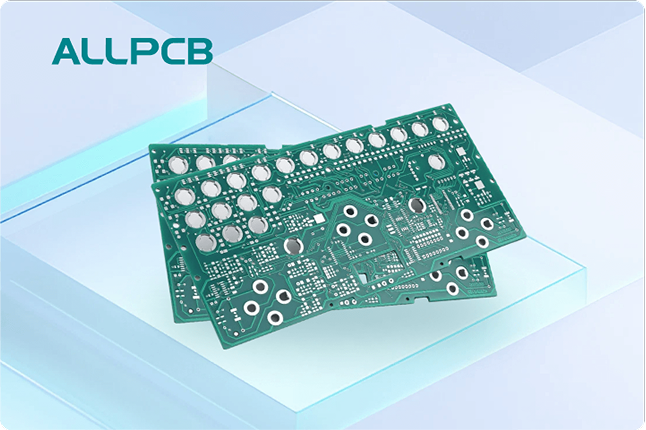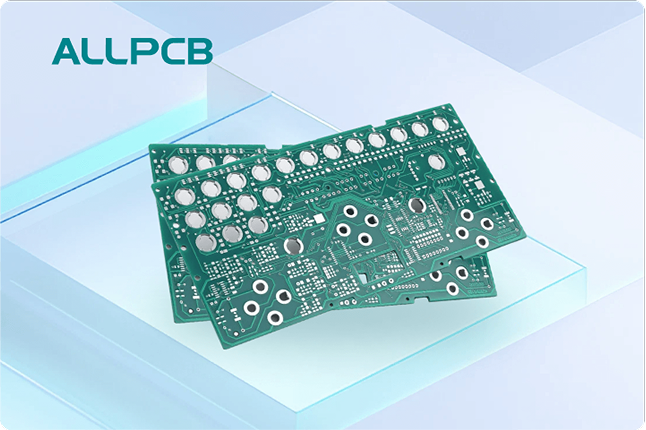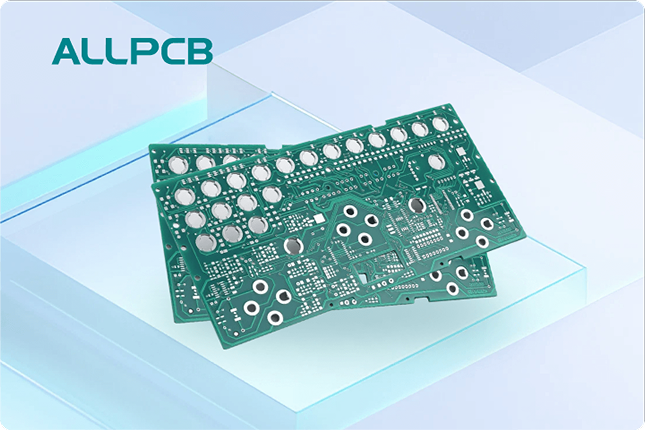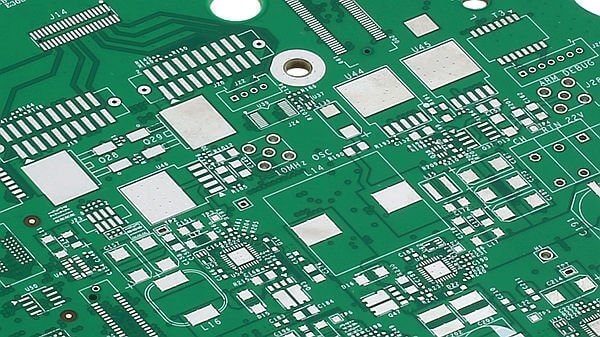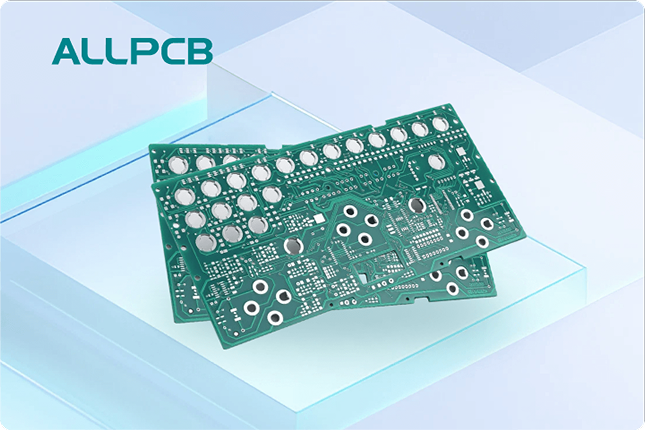When it comes to assembled printed circuit boards (PCBs), cleanliness is not just about appearance—it’s a critical factor that impacts performance, reliability, and longevity. The cleanliness requirements for assembled PCBs, often referred to as PCBA (Printed Circuit Board Assembly) cleaning standards, ensure that contaminants like flux residues, dust, and other particles are removed to prevent issues such as corrosion, electrical shorts, or signal interference. These standards vary depending on the industry, application, and environment in which the PCB will operate. In this comprehensive guide, we’ll explore the importance of cleanliness, the specific industry standards that govern it, and best practices for meeting cleaning requirements.
Why Cleanliness Matters for Assembled PCBs
Cleanliness is vital for assembled PCBs because even small amounts of residue or contaminants can lead to significant problems. During the assembly process, materials like solder flux, adhesives, and other substances are used, and if not properly cleaned, they can leave behind residues that attract moisture or cause chemical reactions. This can result in:
- Corrosion: Residues can trap moisture, leading to oxidation of metal components and eventual failure of the board.
- Electrical Shorts: Conductive residues may create unintended pathways for electricity, causing short circuits.
- Signal Integrity Issues: Contaminants can interfere with high-frequency signals, leading to data loss or reduced performance, especially in applications where signal speeds exceed 1 GHz.
- Reduced Lifespan: Unclean boards are more prone to failure over time, especially in harsh environments like automotive or aerospace applications.
For industries such as medical, aerospace, and telecommunications, where reliability is non-negotiable, adhering to strict PCBA cleaning standards is essential. Meeting these cleanliness requirements not only ensures functionality but also builds trust with clients and end-users.
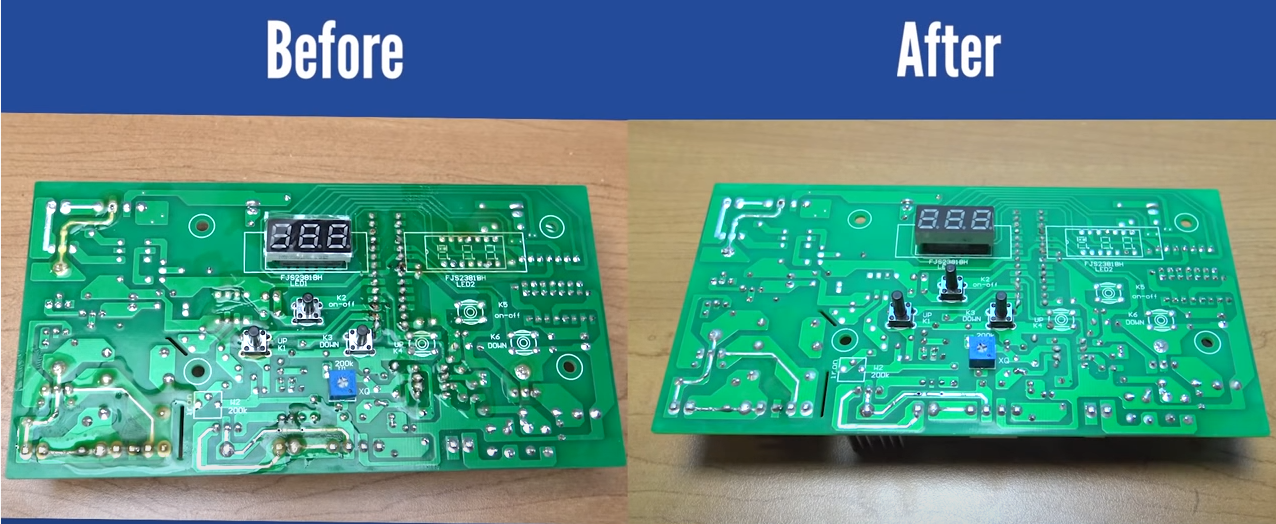
Understanding PCBA Cleaning Standards
PCBA cleaning standards are guidelines developed by industry organizations to define acceptable levels of cleanliness for assembled PCBs. These standards help manufacturers maintain consistency and quality while minimizing risks associated with contamination. The most widely recognized standards come from the Institute of Printed Circuits (IPC), a global authority in PCB design and manufacturing.
Key IPC Standards for Cleanliness
Several IPC standards outline the cleaning requirements for assembled PCBs. These include:
- IPC-5704: This standard focuses on cleanliness requirements for bare PCBs before assembly. It provides guidance on cleaning processes, selection of cleaning materials, and equipment to ensure that no contaminants are present before components are added.
- IPC-A-610: Known as the acceptability standard for electronic assemblies, IPC-A-610 defines cleanliness criteria for assembled PCBs. It specifies acceptable levels of residues and contaminants, ensuring that the final product meets quality benchmarks. For instance, it categorizes defects into three classes (1, 2, and 3), with Class 3 being the strictest for high-reliability applications like medical devices.
- IPC-J-STD-001: This standard applies to soldered electrical and electronic assemblies. It includes requirements for cleanliness after soldering, such as the removal of flux residues, and sets limits on ionic contamination levels to prevent long-term reliability issues.
These standards are tailored to different industries and applications. For example, a consumer electronics device may follow Class 1 or 2 requirements under IPC-A-610, while a life-support medical device must adhere to Class 3 standards, which demand near-zero residue levels.
Testing for Cleanliness
To ensure compliance with PCBA cleaning standards, manufacturers use various testing methods to measure contamination levels. Two common tests include:
- Ionic Contamination Testing: This test measures the presence of ionic residues (like salts from flux) that can cause corrosion. The acceptable limit often falls below 1.56 micrograms per square centimeter of sodium chloride equivalent, as per IPC standards.
- Surface Insulation Resistance (SIR) Testing: This evaluates the electrical resistance between conductors on the PCB surface to detect potential conductive residues. A high SIR value (typically above 10^8 ohms) indicates a clean surface free of contaminants that could cause leakage currents.
By following these standards and conducting rigorous testing, manufacturers can ensure their assembled PCBs meet the necessary cleanliness requirements for their intended applications.
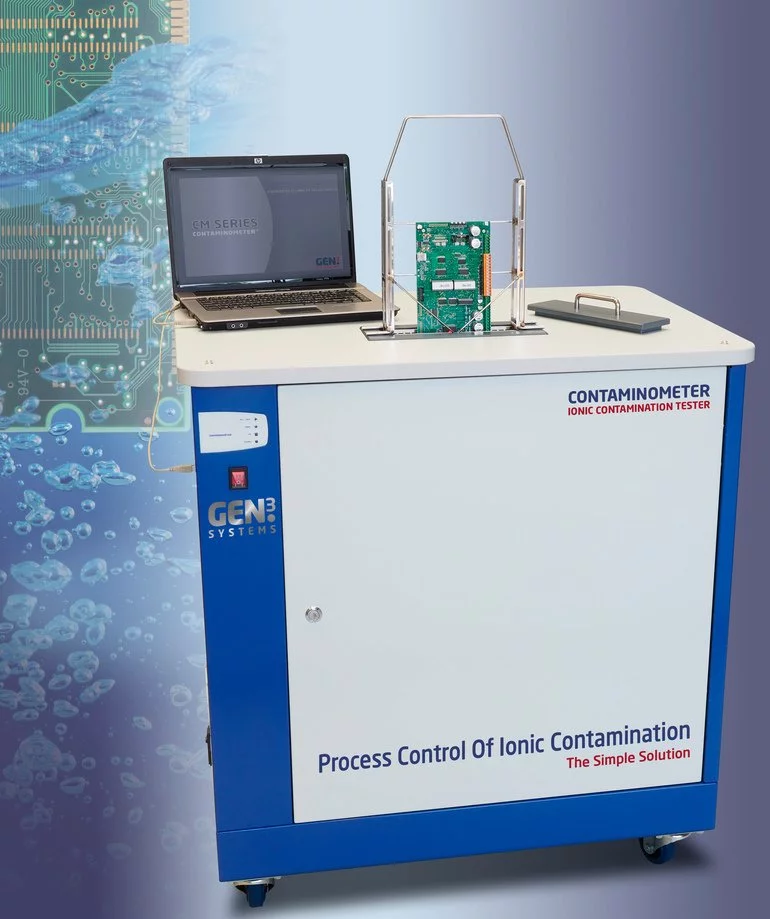
Factors Influencing Cleanliness Requirements
The specific cleanliness requirements for assembled PCBs depend on several factors. Understanding these factors helps manufacturers choose the right cleaning processes and materials to meet industry standards.
1. Application and Industry
Different industries have different tolerance levels for contamination. For instance:
- Medical Devices: Require the highest cleanliness levels due to their use in life-critical applications. Even minor failures can have catastrophic consequences.
- Aerospace and Defense: PCBs in these sectors must withstand extreme conditions like high humidity and temperature fluctuations, necessitating strict cleaning to prevent corrosion.
- Consumer Electronics: While still important, cleanliness requirements may be less stringent compared to medical or aerospace applications, focusing more on cost-effectiveness.
2. Environmental Conditions
The environment where the PCB will operate plays a significant role in determining cleanliness needs. Boards exposed to high humidity, dust, or corrosive gases require more thorough cleaning to prevent degradation. For example, a PCB used in a marine environment must be free of ionic residues to avoid corrosion from saltwater exposure.
3. Component Sensitivity
Some components, like high-density interconnects or fine-pitch devices, are more sensitive to residues. Contaminants can interfere with their performance, especially in high-frequency applications where signal integrity is critical. Cleaning must be precise to avoid damaging these delicate components while still removing all residues.
Common Cleaning Methods for Assembled PCBs
To meet cleanliness requirements, manufacturers use various cleaning methods tailored to the type of contaminants and the PCB’s design. Below are some widely used techniques:
1. Aqueous Cleaning
This method uses water-based solutions to remove flux residues and other contaminants. It’s effective for most assembled PCBs and is environmentally friendly when paired with biodegradable detergents. The process often involves:
- Washing the PCB in a heated aqueous solution to dissolve residues.
- Rinsing with deionized water to remove any remaining cleaning agents.
- Drying with hot air or centrifugal systems to prevent water spots.
2. Solvent Cleaning
For more stubborn residues or sensitive components that can’t handle water, solvent-based cleaning is used. Solvents like isopropyl alcohol or specialized chemicals dissolve organic contaminants without leaving behind moisture. However, this method requires careful handling due to flammability and environmental concerns.
3. Ultrasonic Cleaning
Ultrasonic cleaning uses high-frequency sound waves to agitate a cleaning solution, effectively removing contaminants from hard-to-reach areas like under components. It’s highly effective but must be used cautiously to avoid damaging delicate parts. Typical frequencies range from 20 to 40 kHz, depending on the PCB’s complexity.
4. Plasma Cleaning
This advanced method uses ionized gas to remove organic contaminants at a molecular level. It’s ideal for high-reliability applications where even microscopic residues can cause issues. Plasma cleaning is often used in aerospace and medical industries due to its precision.
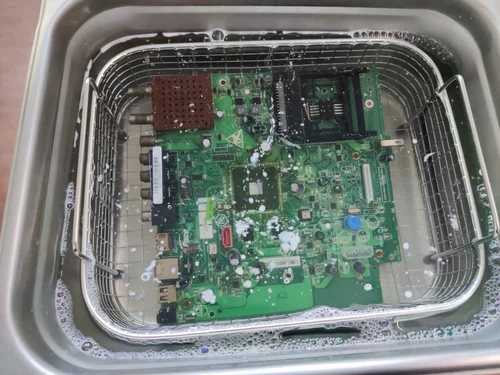
Best Practices for Meeting Cleanliness Requirements
Ensuring that assembled PCBs meet cleanliness requirements involves more than just choosing the right cleaning method. Here are some best practices to follow:
- Establish Clear Procedures: Develop and document cleaning processes based on industry standards like IPC-A-610. Train staff to follow these procedures consistently.
- Use High-Quality Materials: Select cleaning agents and equipment that are compatible with the PCB materials and components to avoid damage.
- Minimize Handling: Limit manual handling of PCBs during and after cleaning to reduce the risk of recontamination. Automated systems are preferred when possible.
- Regular Testing: Conduct ionic contamination and SIR testing regularly to verify cleanliness levels. Adjust processes if test results show residues above acceptable limits (e.g., ionic residues exceeding 1.56 μg/cm2).
- Monitor Environmental Factors: Control the manufacturing environment to minimize dust, humidity, and other factors that could introduce contaminants post-cleaning.
Challenges in Meeting PCBA Cleaning Standards
Despite the importance of cleanliness, achieving compliance with PCBA cleaning standards can be challenging. Some common obstacles include:
- Complex Designs: Modern PCBs often feature dense layouts with components packed closely together, making it difficult to clean under chips or in tight spaces.
- Component Sensitivity: Some components are vulnerable to damage from cleaning agents or methods like ultrasonic cleaning, requiring specialized approaches.
- Cost Constraints: Advanced cleaning methods like plasma cleaning can be expensive, which may be a concern for manufacturers producing low-cost consumer electronics.
To overcome these challenges, manufacturers must balance cost, efficiency, and quality while investing in the right tools and training to meet industry standards.
The Role of Cleanliness in Quality Assurance
Cleanliness is a cornerstone of quality assurance in PCB assembly. A clean PCB not only performs better but also passes rigorous quality checks and certifications required by industries like automotive (IATF 16949) and medical (ISO 13485). By adhering to cleaning requirements, manufacturers can reduce defect rates, minimize returns, and enhance customer satisfaction.
For example, in high-reliability applications, a failure rate as low as 0.1% can still be unacceptable. Ensuring cleanliness helps achieve near-zero defect rates, which is critical for maintaining a competitive edge in these markets.
Conclusion: Prioritizing Cleanliness for Reliable PCBs
Cleanliness requirements for assembled PCBs are a fundamental aspect of ensuring reliability, performance, and longevity. By adhering to PCBA cleaning standards set by organizations like IPC, manufacturers can prevent issues like corrosion, electrical shorts, and signal interference. Whether it’s through aqueous cleaning, ultrasonic methods, or advanced plasma techniques, the goal remains the same: to deliver a product that meets the strict demands of its intended application.
Understanding the factors that influence cleanliness—such as industry, environment, and component type—allows manufacturers to tailor their processes effectively. With the right practices, testing, and attention to detail, meeting these cleaning requirements becomes a seamless part of the production process, ultimately leading to high-quality, dependable PCBs for every application.
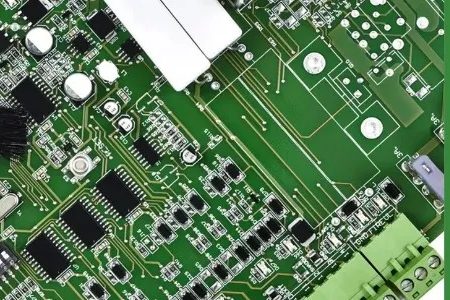
 ALLPCB
ALLPCB


